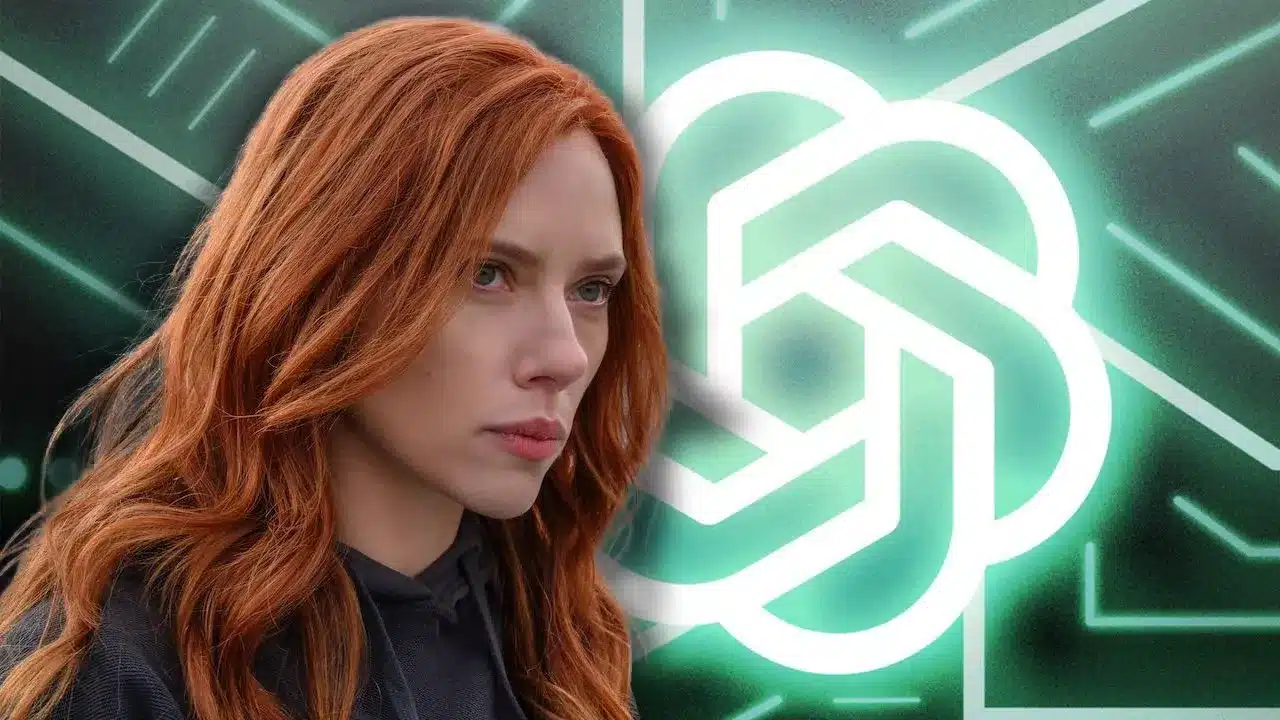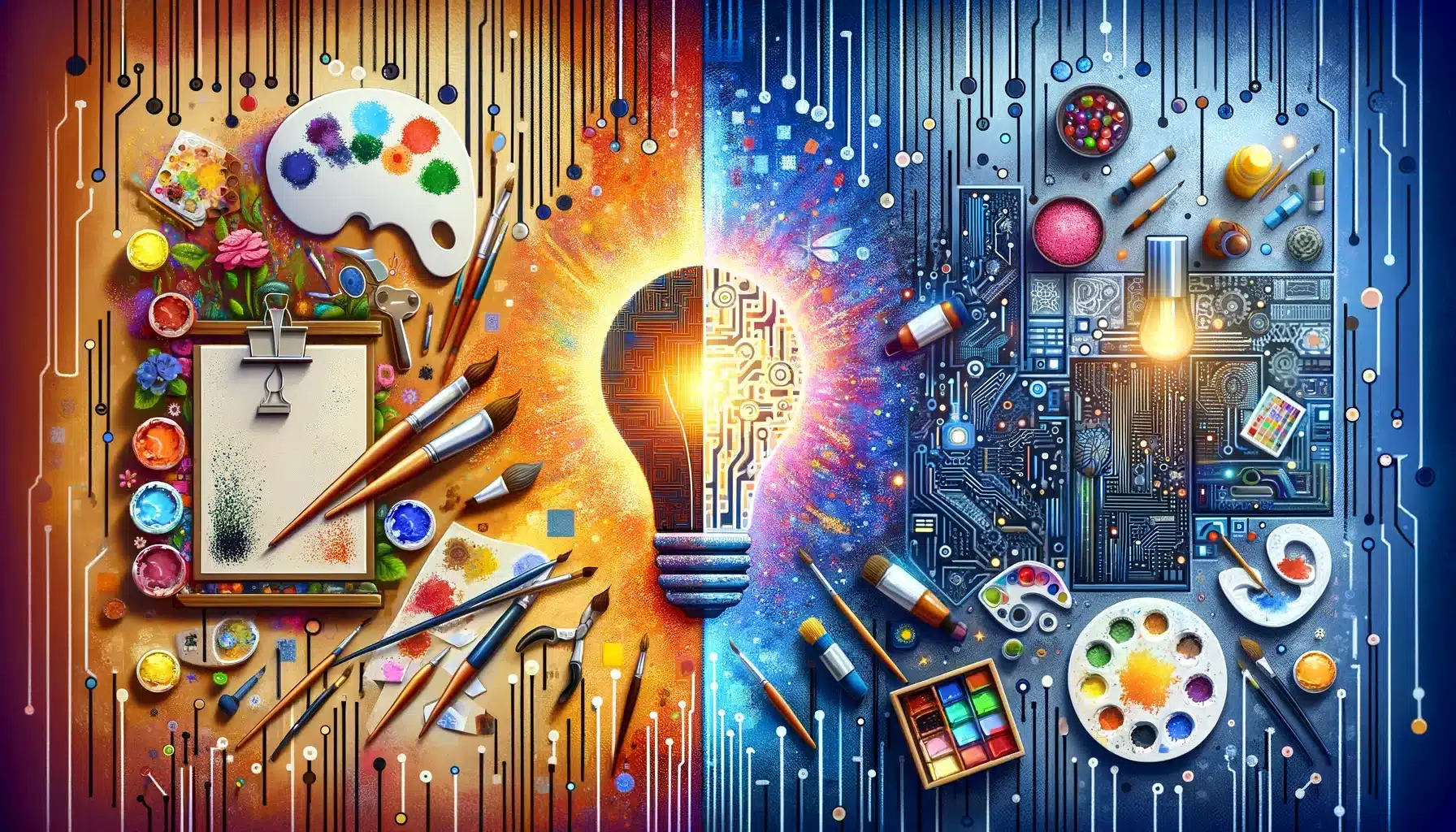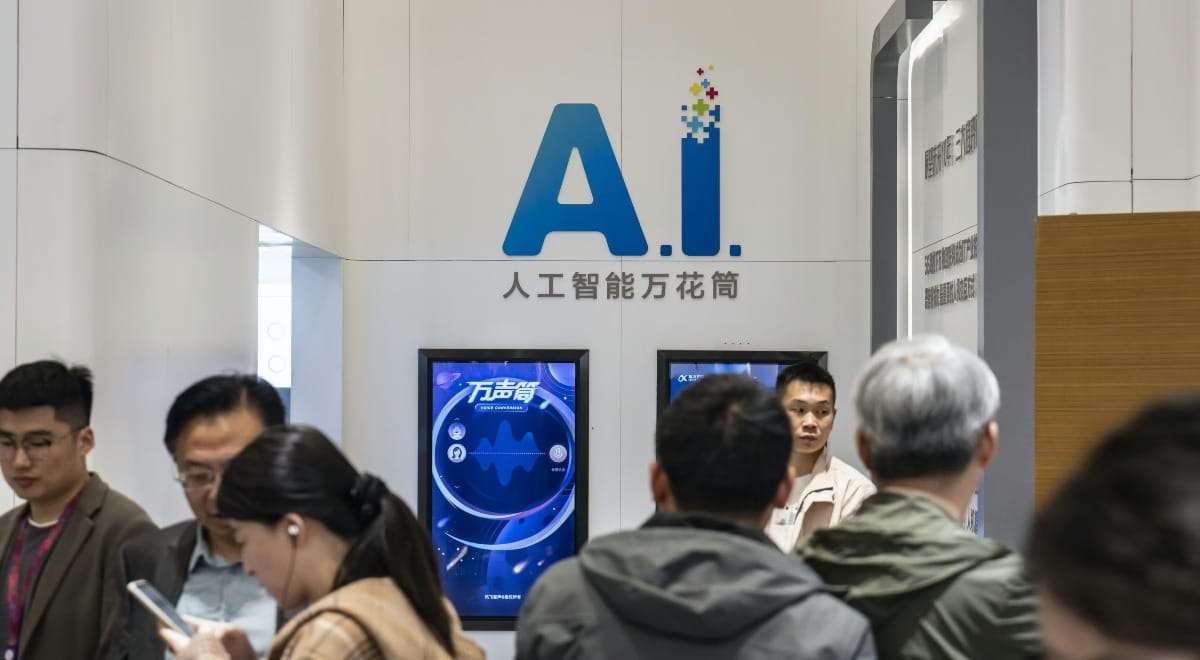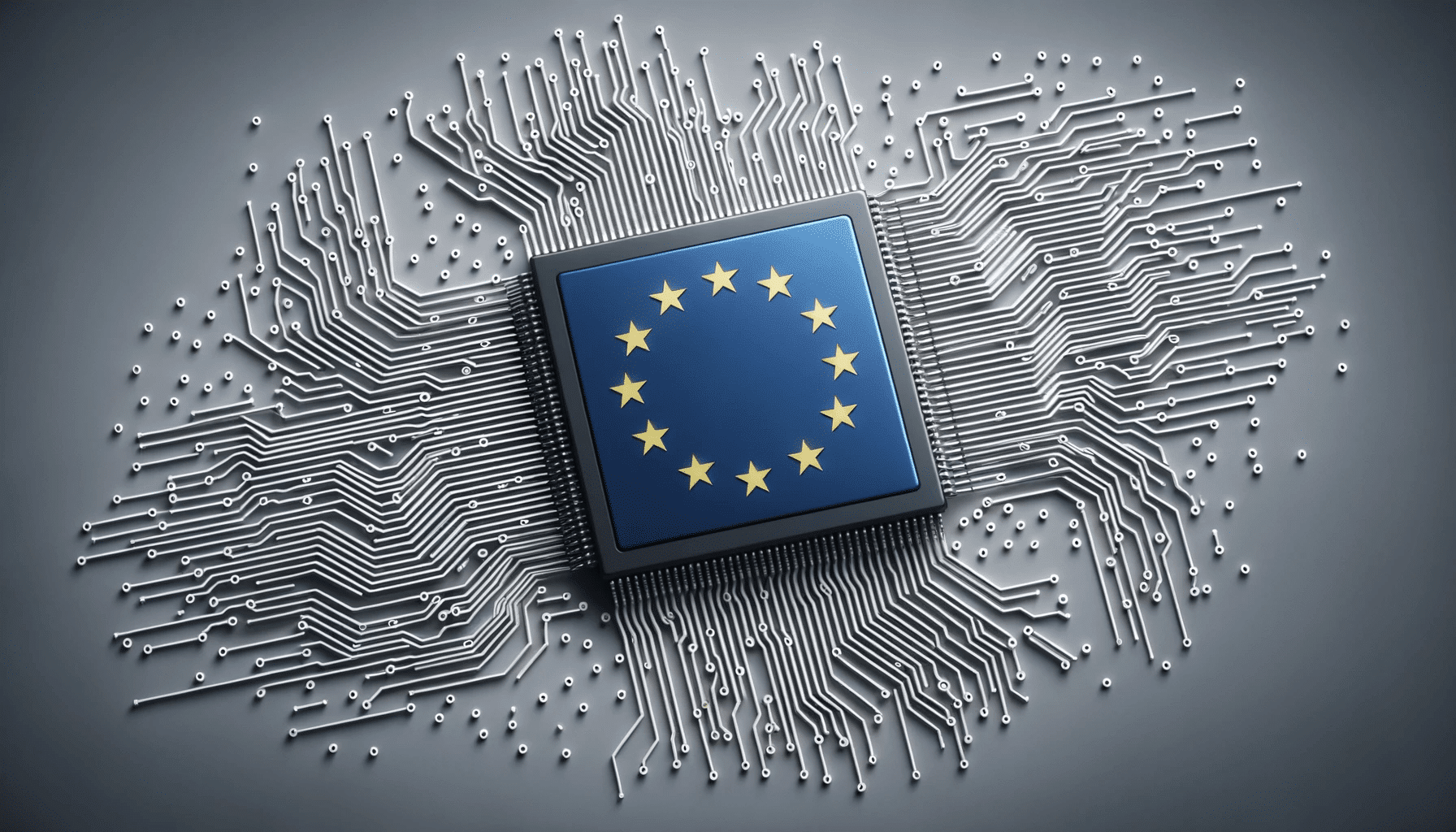- 🎥 OpenAI’s homage to the movie “Her” featuring Scarlett Johansson’s voice likeness has sparked backlash in Hollywood.
- 🎬 Johansson accused OpenAI of using her performance without an agreement, raising concerns about AI’s threat to the creative industry.
- 🤝 Hollywood executives have been meeting with OpenAI to explore creative partnerships despite the controversy.
- 📣 Some entertainment executives see OpenAI’s actions as disrespectful to content creators.
- 🎭 OpenAI claims the voice used is not Scarlett Johansson’s and was not intended to resemble hers.
- ⚖️ Concerns exist about OpenAI using copyrighted material without consent, deemed fair use by the company.
- 💡 Technologists in entertainment see AI tools like Sora as promising for accelerating digital effects.
- 📺 Fox uses OpenAI’s ChatGPT for recommending TV shows and movies on its Tubi streaming service.
- 🔒 Concerns remain about safeguarding lesser-known performers’ rights in the use of AI-generated content.
- 🎤 Johansson might argue violation of her right to publicity, with precedents like Bette Midler’s and Tom Waits’ successful lawsuits supporting her case.
- 🇺🇸 The SAG-AFTRA performers union is advocating for federal protections for voice and likeness rights, highlighting the growing issue of ‘deep fakes’.
In recent times, a high-profile dispute between Scarlett Johansson and OpenAI has reignited fears within Hollywood about the ethical implications and potential threats posed by artificial intelligence. As AI technologies rapidly evolve, their integration into creative industries like film and television brings both opportunities and significant challenges. This blog post delves into the controversy, examining the main points of contention and exploring the broader impact on Hollywood.
The Spark: OpenAI’s Homage to “Her” and Johansson’s Accusations
The controversy began when Scarlett Johansson accused OpenAI of using a voice likeness eerily similar to her performance in the movie “Her” without an agreement. This accusation has added fuel to the ongoing debate about AI’s role in creative industries and its potential threats. OpenAI’s homage to “Her” was seen by many as a step too far, crossing ethical boundaries by replicating Johansson’s unique vocal style.
Points of Contention:
- Lack of Agreement: Johansson claimed that OpenAI did not strike any formal agreement with her regarding the use of her performance.
- Existential Threat: The replication of her voice without consent has heightened fears about AI potentially replacing human talent in Hollywood.
- Respect and Ethics: Many entertainment executives viewed OpenAI’s actions as disrespectful and indicative of a broader issue where tech companies may disregard the rights of content creators.
Hollywood’s Mixed Reactions: Partnerships Amid Controversy
Despite the backlash, Hollywood executives have shown interest in exploring creative partnerships with OpenAI. Multiple meetings have been held to discuss potential collaborations, especially using OpenAI’s advanced tools like the text-to-video tool, Sora.
Technological Opportunities:
- Acceleration of Digital Effects: Tools like Sora promise to enhance the speed and quality of digital effects in films and TV shows.
- Content Recommendations: Fox has already implemented OpenAI’s ChatGPT to recommend TV shows and movies on its Tubi streaming service.
Ethical Concerns: Fair Use and Copyright
A significant concern among Hollywood professionals is OpenAI’s use of copyrighted material to train its models. The company has deemed this practice as fair use, considering the materials are publicly available on the internet. However, this raises ethical questions:
- Consent and Rights: The lack of consent from original creators is seen as a major obstacle, with fears that AI tools could exploit copyrighted works without proper acknowledgment or compensation.
- Safeguarding Performers: There is an ongoing debate about how to protect the rights of lesser-known performers from being overshadowed by AI-generated content that mimics human performance.
Legal Precedents and Johansson’s Case
Scarlett Johansson’s case brings to mind previous legal battles where artists have fought for their right to publicity—a person’s right to control the commercial use of their name, image, or likeness. Notable examples include:
- Bette Midler vs. Ford Advertising Agency: Midler successfully sued for hiring a sound-alike to imitate her voice in a commercial.
- Tom Waits vs. Frito-Lay: Waits won a lawsuit against a commercial that featured an imitation of his unique singing style.
Johansson’s Potential Argument:
- Violating Right to Publicity: Johansson might argue that OpenAI violated her right to publicity by using a voice likeness that resembled her performance without consent.
- Strong Case Indicators: Efforts by OpenAI’s CEO to hire her and public references to the movie “Her” strengthen Johansson’s case.
The Future: Legislation and Federal Protections
The Scarlett Johansson vs. OpenAI dispute underscores the need for robust legal frameworks to protect the rights of individuals in the face of rapidly advancing AI technologies. The SAG-AFTRA performers union has been advocating for federal protections for voice and likeness rights, similar to how copyrights are protected.
- Deep Fakes and AI: The rise of “deep fakes” and other AI-generated content necessitates comprehensive legal solutions to prevent exploitation.
- Federal Solutions: A federal right for voice and likeness could provide much-needed clarity and protection for performers against unauthorized use by AI.
Conclusion: Navigating the AI Frontier in Hollywood
As AI continues to permeate the creative industry, it brings forth both opportunities and ethical challenges. The Scarlett Johansson vs. OpenAI battle serves as a critical case study, illustrating the delicate balance between technological advancement and respecting the rights of human creators. Hollywood must navigate this frontier carefully, ensuring collaborative efforts that enhance creativity while safeguarding original talents’ rights and contributions.







